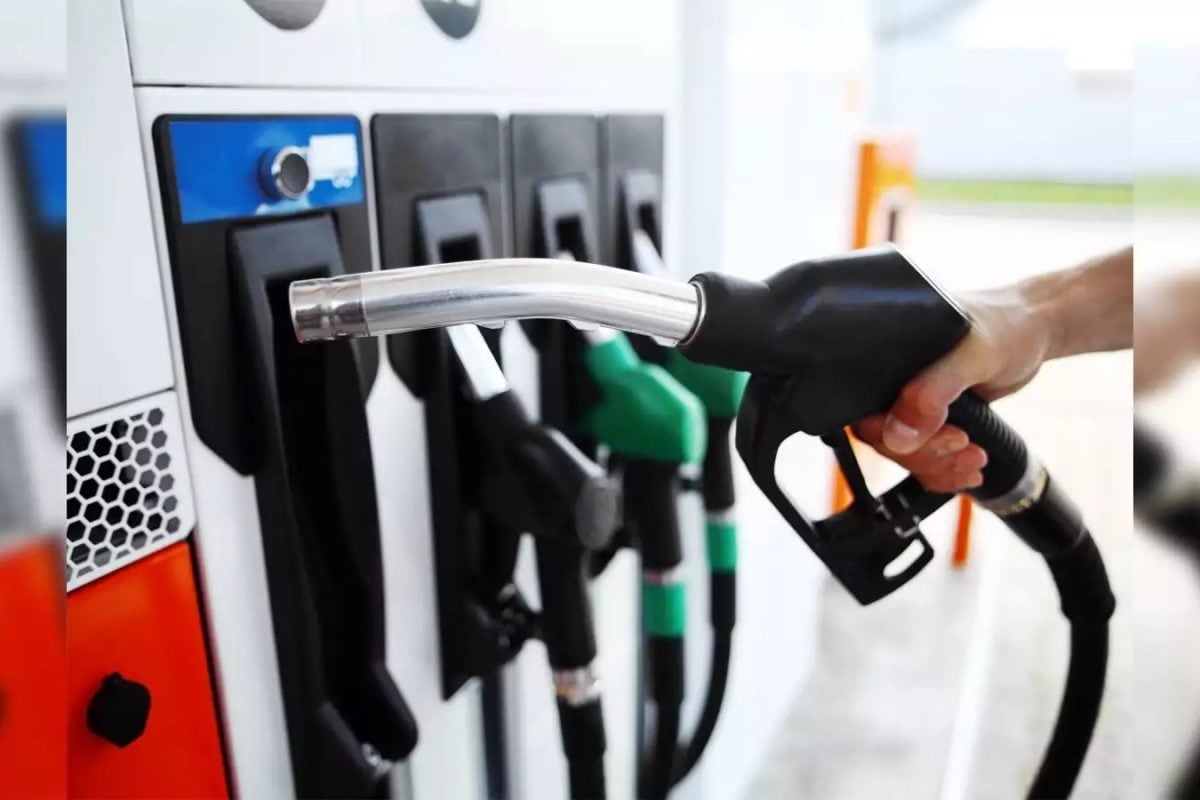

Fuel prices are always a hot topic, impacting everything from household budgets to transportation costs. As of today, June 20, 2025, the global fuel market presents a mixed bag of stability in some regions and anticipated increases in others. Several factors, including geopolitical tensions, supply and demand dynamics, and government policies, are contributing to the current pricing landscape.
In India, petrol and diesel prices have remained relatively stable since May 2022, following reductions in fuel taxes by the central and state governments. As of June 17, 2025, in Delhi, petrol retailed at Rs 94.77 per liter, and diesel cost Rs 87.67 per liter. Mumbai saw petrol priced at Rs 103.50 per liter and diesel at Rs 90.03. Chennai had petrol at Rs 100.80 per liter and diesel at Rs 92.39, while Kolkata's rates were Rs 105.41 for petrol and Rs 92.02 for diesel. These prices have remained consistent, primarily due to the daily review by oil marketing companies like Indian Oil Corporation, which considers global crude oil prices and foreign exchange rates. However, it's important to note that these rates remained stable as of June 17, 2025.
Conversely, other regions are bracing for potential price hikes. The Department of Energy (DOE) in the Philippines, for example, has projected significant increases for the coming week. Diesel prices are expected to rise by ₱4.30 to ₱4.80 per liter, kerosene by ₱4.25 to ₱4.40 per liter, and gasoline by ₱2.50 to ₱3.00 per liter. These anticipated increases are largely attributed to ongoing tensions between Israel and Iran, which pose a threat to global shipping routes. The DOE has appealed to oil companies to implement these adjustments gradually to mitigate the impact on transportation and logistics sectors.
Similar concerns are echoed in other parts of the world. Some Oil Marketing Companies in Ghana have started reducing prices of petroleum products due to competition. Star Oil has dropped its petrol price to GH₵10.80 per liter and diesel to GH₵12.13 per liter. Allied Oil is also expected to further reduce its prices. However, these companies have also warned that prices could rise again from July 1, 2025, if the conflict between Israel and Iran continues.
In the United States, the national average price of diesel climbed by 10 cents to $3.571 a gallon as of June 17, 2025, according to the U.S. Energy Information Administration. This increase is also linked to the escalating tensions in the Middle East and their effects on Iranian oil. On the other hand, the national average price for gasoline went up 3.1 cents to $3.319 a gallon, which is still lower than the previous year.
Several factors influence these price fluctuations. The global price of crude oil is a primary driver, governed by supply and demand, oil refinery production, and capacity. Geopolitical events, such as the Israel-Iran conflict, can disrupt supply chains and lead to price spikes. The strength of local currencies against the US dollar, in which refined fuel is traded, also plays a significant role. Furthermore, government policies, including fuel duties and taxes, can significantly impact the final price consumers pay at the pump.
Looking ahead, the situation remains fluid. While some regions are currently experiencing stable prices, the potential for increases looms large, particularly if geopolitical tensions persist. Monitoring these developments and understanding the underlying factors is crucial for consumers and businesses alike to navigate the ever-changing fuel market.